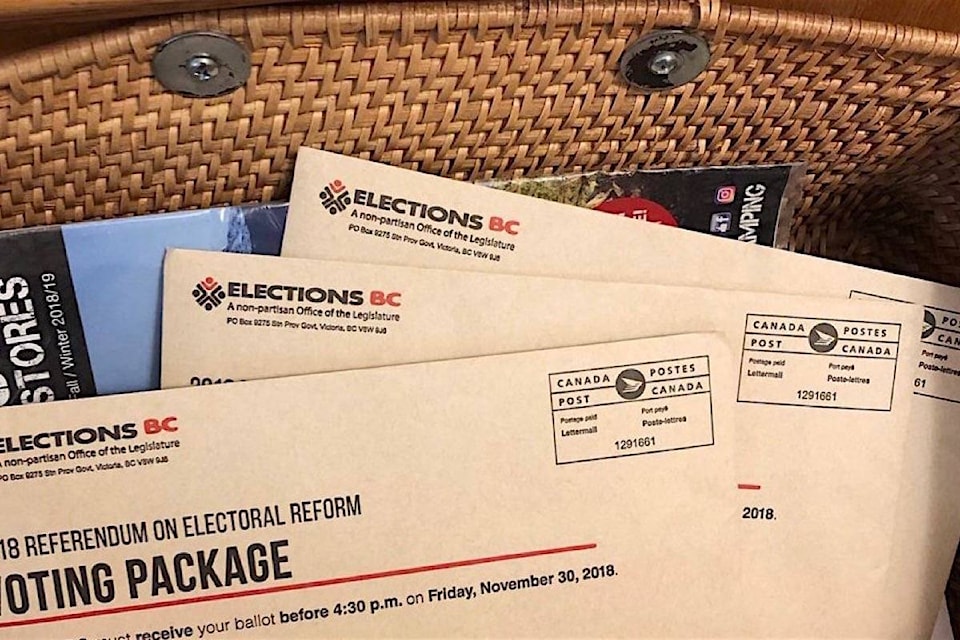It’s been just over a year since Premier John Horgan executed the first of three policy shifts to put power into the hands of established political parties.

Chapter one was reversing his campaign pledge to keep parties out of the public purse. Out went corporate and union donations, in came the looting of roughly $27 million, divided between B.C. Liberal, NDP and Green parties over four years according to their 2017 vote share.
It’s just transitional, you understand. Party bosses can choose to cut it off in five years. The NDP tabled opposition bills six times to get rid of corporate and union donations, and never once mentioned a public subsidy. But you don’t hear a peep from any party since they all started cashing fat welfare cheques 10 months ago.
Chapter two was engineering the move to proportional representation. Green boss Andrew Weaver didn’t even want a referendum. As soon as he got his first demand, party status without four MLAs, he pressed for terms that would skew the mail-in vote toward his urban support base.
Horgan’s promise to preserve a regional voice in the referendum died quietly, without much struggle, well before NDP ringmaster David Eby finally revealed the questions on the last day of the spring legislature session. Metro Vancouver and South Island will decide it now.
The exact wording of the NDP platform was: “We’ll ensure B.C.’s regions are all represented fairly.” Now, any turnout, from anywhere, is good enough. (That was my personal deal-breaker when I wrote last December that .)
A smooth campaign is now in place, focusing on college and university campuses, an Eby specialty. Public sector unions, the main source of NDP government staffers, are working their members for a yes vote. Social justice warriors see rural resource employees as a problem to be eliminated.
Chapter three is voter suppression. Horgan first tried to keep the hodgepodge of invented options quiet until after the summer, because no one would want to talk “pro rep” while barbecuing.
Now the ballots are going out, and two of the options “have never been used in this solar system,” as Chilliwack MLA John Martin put it.
I’ll save the long explanation of how they all work, because some details and maps won’t be available until after the mail-in votes are counted just before Christmas. All Elections B.C. will say is that constituencies get bigger with proportional representation.
GORDON GIBSON:
NICK LOENEN:
Horgan and Eby suppressed maps by rushing to the referendum, and sure enough, one of the options is a Frankenstein-style hybrid sewed together in Eby’s office. It purports to leave rural regions alone, while some multi-member creature lurches to life for the rest of us.
Instead of picking a name and party to represent your region, you may find that a computer algorithm selects your MLA, based on province-wide distribution of votes. The dual-member option lets parties pick their first- and second-choice candidates, then move votes from one to the other to appoint their favourite.
There is not a single credible argument to support any of the three options being foisted on people without the time and information required to assess them. As with the grab of millions to fund established parties, this is a cynical bid to centralize power to them.
Especially if you live outside major urban centres, the only sensible option is to keep the current first-past-the-post system. Don’t dignify the other three choices with a vote.
Tom Fletcher is B.C. legislature reporter and columnist for Black Press. Email: tfletcher@blackpress.ca
tfletcher@blackpress.ca
Like us on and follow us on .



